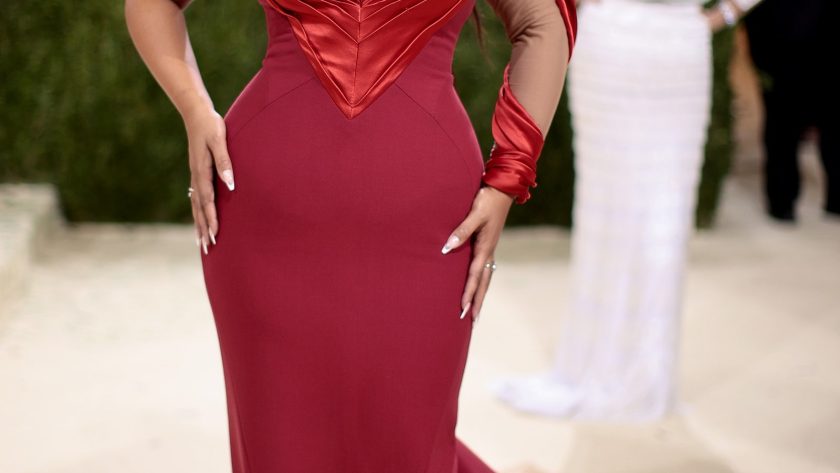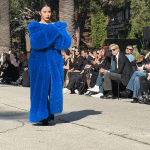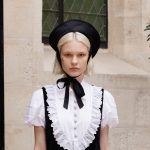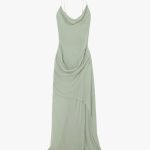The runway has long catered to a waifish ideals. Across 219 shows in New York, London, Paris, and Milan, Vogue Business reported that only 17 brands featured plus-size models—a statistic that reflects the true lack of size diversity in fashion and the refusal of brands to consider the realities of women’s bodies. (According to a 2016 study from the International Journal of Fashion Design, Technology, and Education, the average American woman wears a size 16-18.) There is a similar, growing desire to represent people who fall into the “curve” or “mid-size” range, which is generally defined as sizes 6-10. While still considered “straight size,”—meaning, in part, that they can find their size at many retailers and brands—many curve models are unable to fit into sample sizes while not qualifying as plus.
But these days, in spite of the many obstacles, plus-size and curve models are some of the most recognizable faces in fashion. Ashley Graham has become a household name; British Vogue anointed Paloma Elsesser, Precious Lee, and curve model Jill Kortleve “the new supers;” Yumi Nu graced the cover of the Sports Illustrated swimsuit issue. But even with this increase in visibility, there is still a long way to go.
“I urge fashion to never let this momentum seize until seeing bodies and experiences like mine and beyond are no longer radical, no longer different; no longer rare,” Elsesser wrote on Instagram after she appeared on the January 2021 cover of Vogue. “I want to see bigger bodied femmes, dark skin femmes, disabled people, and all the iterations of identity that have left so many alone in media.”
Below Vogue has rounded up some of the most game-changing curve and plus-size models in the industry. You may recognize them from the runways of New York Fashion Week to the covers of your favorite magazines. If you don’t know their names already, you will soon.
Dimitrios Kambouris/Getty Images
Paloma Elsesser
Agency: IMG



